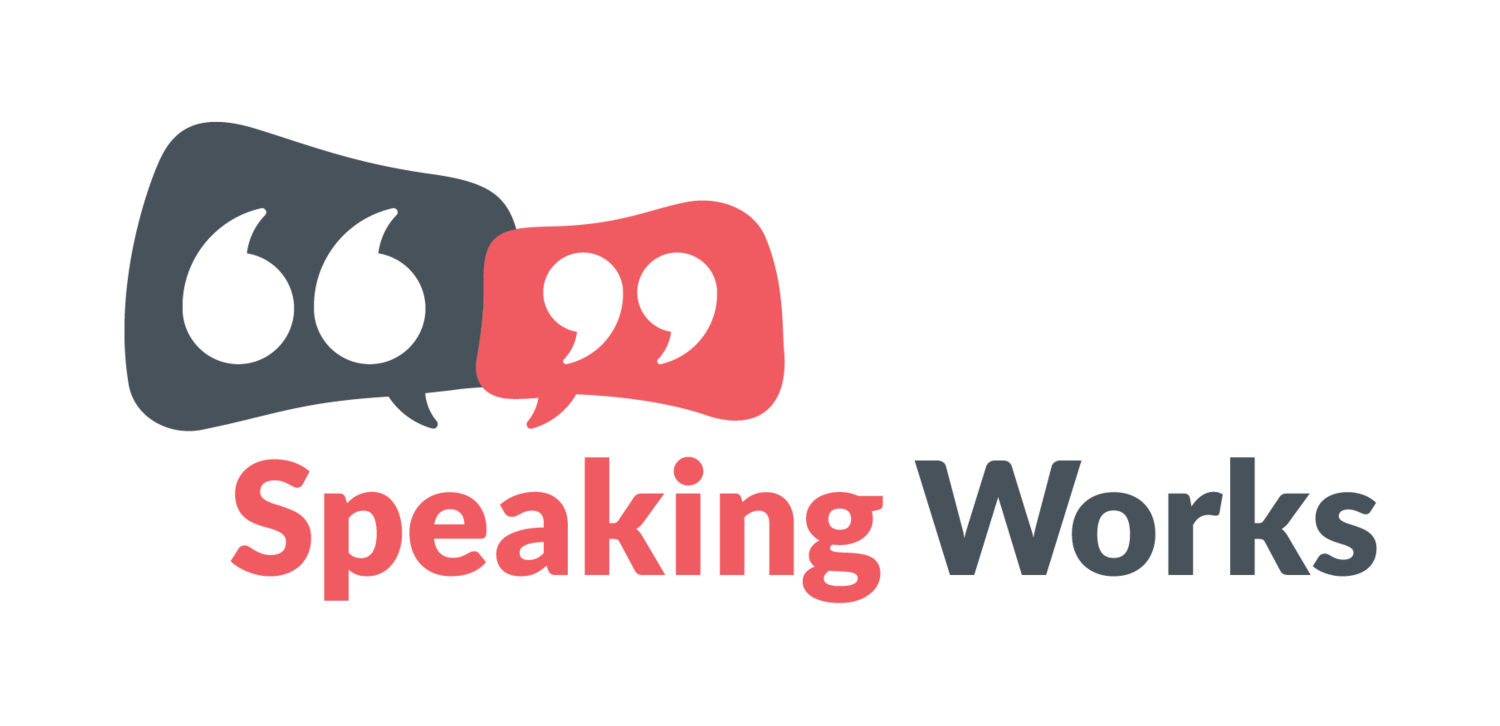The Fear of the Elevator Pitch…
I don’t really like the phrase elevator pitch, despite it being a bit of a buzzword(s). Most people fear it but what exactly is it, and why is it a skill you need in your communication toolkit?
Imagine you find yourself in an elevator with a potential client, investor, or employer for a brief ride from the ground floor to the top. You have only a few seconds to grab their attention and convey your message before the doors open. An elevator pitch is a concise, compelling, and well-rehearsed speech that introduces who you are, what you do, and why it matters—all within the span of a short elevator ride.
I like the time constraint of an elevator ride, that is a good principle, but it is often made into a big formulaic speech which ignores the importance of a good delivery. Essentially, an elevator pitch is just an introduction, a:
“hi, I’m so and so and I’m a…”
Research consistently shows that first impressions matter and are formed within a matter of seconds. You need to make a strong first impression by communicating your value succinctly and confidently. Think about clarity, confidence and success:
Clarity is Key:
In an information-saturated world, being clear and concise is essential. An effective introduction helps someone really listen and remember who you are and what you do.
Confidence Boost:
Delivering a compelling introduction can significantly boost your confidence in various professional situations, from job interviews to networking events.
Networking Success:
Coming across as authoritative but approachable is invaluable during networking events, where you have limited time to introduce yourself and create connections. A well-executed first meeting can spark meaningful conversations and open doors to opportunities.
It’s tricky being in the spotlight for a moment and comfortably conveying who we are and what we do. People HATE it! But, like it or not, a confidently delivered introduction can set you apart from the crowd.
I have been on entrepreneur programmes where useful advice has been given… a punchy opening or statistics to blow your socks off but why don’t we pay more attention to our soft skills in public speaking and learn to speak with confidence? Whilst having foundations and scaffolding can be useful, too much can get in the way of being ourselves and put people off engaging with us.
How can I help you?
I train companies and individuals and everyone hates introducing themselves! Most of us however, have never been taught how to improve our public speaking skills resulting in a continuous cycle of fear, avoidance and dislike of doing it! I can teach you to break that cycle and gain clarity and confidence with a toolkit of actions to apply in the moment. I work on the way you are speaking and engaging with an audience, the delivery. In particular, I work with the mind, body and voice to change habits and once you gently adapt your autopilot way of speaking you can manage anxiety and improve delivery using new techniques.
In the meantime, here are some top tips to prepare:
Keep it concise:
Aim for an introduction that lasts roughly no more than 30 seconds.Know your audience:
Tailor your pitch to the person or group you're addressing. Highlight aspects of your background or work that are most relevant to them. Adapt to different situations, whether you're at a job fair, conference, or a casual meet up.
Tell a story (if the audience is right):
We remember stories better than facts and figures. Add a compelling narrative that engages your audience.Practice, Practice, Practice
Rehearse until it flows naturally. Practice in front of a mirror, with friends, or even record yourself to refine your delivery.*
*yes you won’t like watching it but try to ignore the unhelpful judgements and criticisms you might have!Be enthusiastic:
Show genuine enthusiasm for what you're talking about. Your passion will be infectious and make you more memorable.Leave room for questions:
Don't overload it with information. Leave room for your audience to ask questions, fostering a two-way conversation.
So go on, spread the word, introduce yourself, meet new people and gain confidence.
Jude


